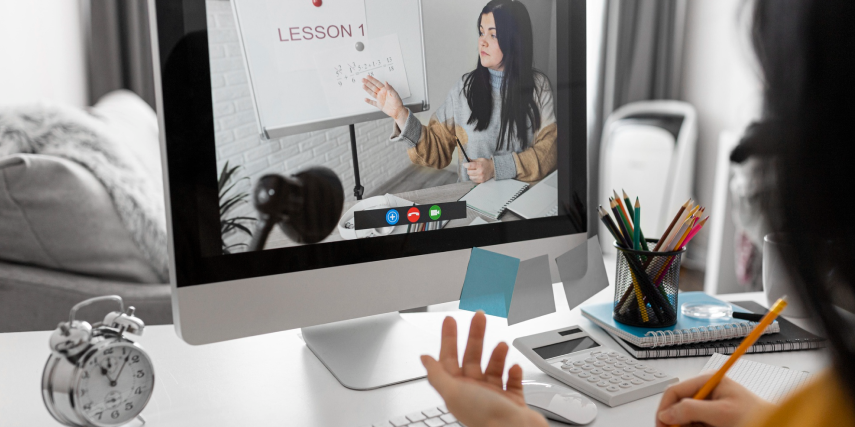The shift towards virtual classrooms has been a significant trend in education over the past decade. This transition, further accelerated by the recent global pandemic, has transformed traditional classroom-based learning into a dynamic, virtual environment. Today, students from various geographical locations can access quality education with just a click. This digital revolution in education not only breaks geographical barriers but also offers a range of learning resources, fostering a self-paced and personalized learning experience.
In this guide, we will discuss key strategies that can help educators master the virtual classroom and deliver effective eLearning.
Understanding the Virtual Classroom
Before delving into strategies, it is crucial to understand what a virtual classroom is and how it differs from traditional classrooms. A virtual classroom is an online learning environment that mimics the traditional face-to-face classroom experience. It enables students to participate in live classes, interact with their peers and teachers, and access course materials from anywhere with an internet connection. However, unlike traditional classrooms, virtual classrooms require a different set of skills and strategies to ensure effective teaching and learning.
Key Strategies in eLearning
Many educators may find it challenging to adapt to the virtual classroom initially. However, with proper planning and implementation of these key strategies, mastering the virtual classroom can become a smooth and rewarding experience.
1. Establish Clear Communication Channels
Effective communication is essential in any learning environment, especially in a virtual one. As an educator, creating clear channels for communication is crucial to ensure that students can reach you easily and receive timely feedback. This could include setting up a discussion forum, using video conferencing tools for live classes, or establishing designated office hours for one-on-one interactions with students.
2. Encourage Active Participation
In a virtual classroom, it is easy for students to get distracted or disengaged. To combat this, educators must encourage active participation from students. This could include incorporating interactive activities, asking open-ended questions, and using multimedia resources to keep students engaged.
3. Utilize Collaborative Tools
Collaboration is a vital component of learning. In a virtual classroom, educators can use various tools such as online whiteboards, collaborative document editing platforms, or group chat features to facilitate collaboration among students. These tools not only promote teamwork but also foster a sense of community within the virtual classroom.
4. Create Engaging Course Content
In eLearning, course content plays a crucial role in keeping students interested and motivated. Educators must design visually appealing, interactive, and informative course materials that align with the learning objectives. This could include incorporating videos, quizzes, and other multimedia elements to create an engaging learning experience. Hire a freelance eLearning developer to help you create high-quality and customized course content.
5. Provide Timely and Constructive Feedback
In a virtual classroom, feedback is crucial in guiding students toward their learning goals. As an educator, it is essential to provide timely and constructive feedback to students on their assignments, discussions, and assessments. This not only helps students understand their progress but also fosters a positive learning environment.
Challenges and Solutions
While mastering the virtual classroom has numerous benefits, it also comes with its own set of challenges. Some common difficulties that educators may face include technical issues, students’ lack of self-motivation, and limited social interaction among students. However, with proper planning and implementation of strategies such as providing technical support, incorporating gamification elements to increase student motivation, and scheduling virtual social events, these challenges can be overcome.
Conclusion
The virtual classroom offers endless possibilities for educators to deliver effective and engaging eLearning experiences. By understanding the unique nature of this environment and implementing key strategies, educators can master the virtual classroom and provide students with a high-quality education that transcends geographical boundaries. Remember to continuously evaluate and adapt your strategies to ensure a successful and fulfilling virtual learning experience for both educators and students.

